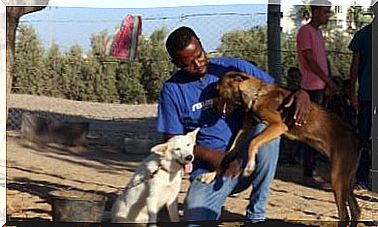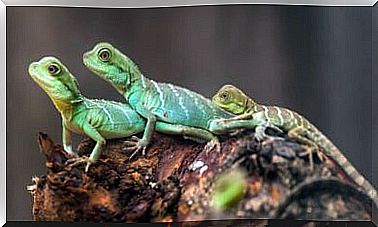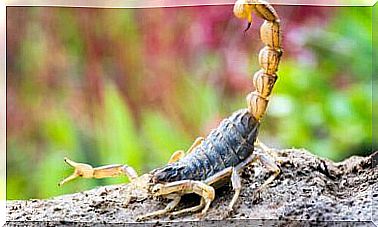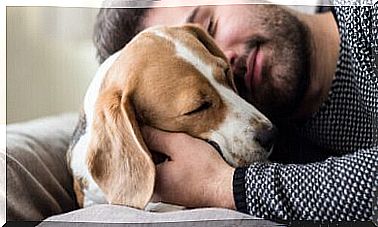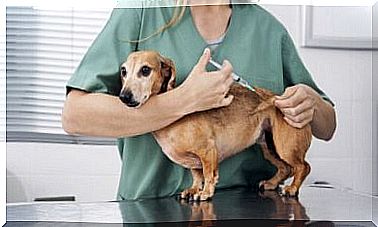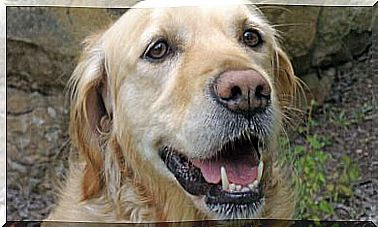Everything You Need To Know About The BARF Diet For Dogs
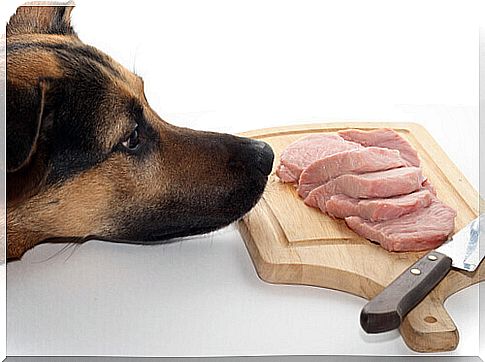
The BARF diet ( Bones and Raw Food, from the English acronym ) , is gaining more and more popularity among owners of any type of animal, and the debate between the pros and cons of this type of diet is still open. Let’s find out more about the BARF diet for dogs in this article.
What exactly does the BARF diet consist of?
More and more blogs and magazines advise us to try this mysterious diet for our four-legged friends. Traditionally, only hunting or sled dogs followed a diet based on uncooked foods, until in 1993 Australian veterinarian Ian Billinghurst proposed to expand the diet market niche to the world of pets.
According to Billinghurst, adult dogs would benefit most from a diet based on those foods that dogs ate before they were domesticated – raw meat, bones and vegetable remains. Specifically, a BARF diet for dogs may contain:
- Raw meat derived from muscles;
- Bones, to be ingested after grinding;
- Internal organs such as liver and kidneys;
- Raw eggs;
- Vegetables, broccoli, spinach, or cilantro
- Fruit suitable for canine consumption;
- Some dairy products such as yogurt.
According to Billinghurst, traditional feed does not provide dogs with the nutrients necessary for proper development. Furthermore, their health could suffer in the long run by eating only that.

Risks and benefits of the famous BARF diet for dogs
The promoters of the BARF diet claim spectacular results in both the long and short term, such as:
- Brighter fur
- Healthier skin
- Generally cleaner teeth
- Higher energy levels
- Reduced amount of stool
However, the report made by Dr. Lisa M. Freeman and published in 2001 for the Journal of the American Veterinary Association , is much more cautious about compliance and recommends not blindly resorting to this diet based solely on articles found on the web.
For owners who do not want to feed their dogs only raw food, Freeman recommends a diet based on home cooked dishes, under the advice of a certified animal nutritionist.
According to the doctor, the results of the BARF diet do not bring real benefits in the long run, since the high fat content, responsible for the shine of the hair, can give rise to problems in the coronary arteries.

It must also take into account the bacterial contamination risk linked to this type of food, as well as the contagion salmonella or E . coli for humans. For dogs with a sensitive or sick digestive system it is recommended to cook food at home rather than resorting to raw food.
The danger of parasites
Despite drastically reducing the amount of preservatives our dog friends ingest every day, the BARF diet opens the door to an annoying common enemy for humans and animals: parasites.
According to the journal Veterinary Record , not only have percentages of salmonella and E. coli been found in uncooked foods, but also the presence of Toxoplasma gondii , which in the case of a pregnant woman risks causing malformations in the fetus.
The best tactic to prevent both animals and their owners from becoming infected is to freeze the meat before cooking it or giving it to our dogs, just like we would for our food.
